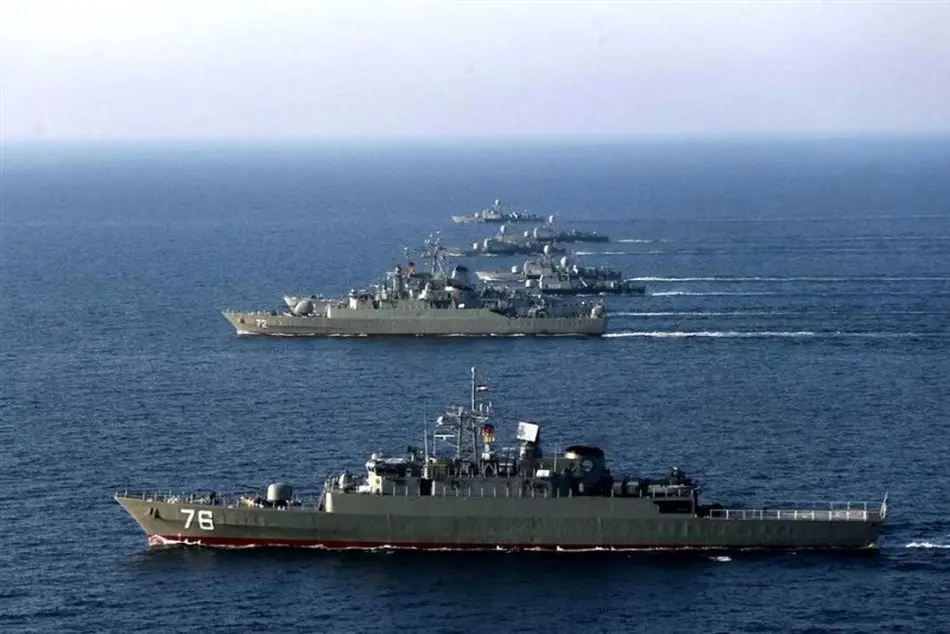Double funding boost for direct generation technology solutions
An Inverness engineering company specialising in the delivery of complex R&D programmes has been awarded funding at home and abroad to develop direct generation (DG) solutions for wave energy conversion (WEC).

An Inverness engineering company specialising in the delivery of complex R&D programmes has been awarded funding at home and abroad to develop direct generation (DG) solutions for wave energy conversion (WEC).
In the UK, 4c Engineering has been awarded £200,000 to continue research into DG technology for WEC by Wave Energy Scotland (WES) under the Round 2 Direction Generation competition. 4c Engineering is partnering with Italy’s Cheros Srl for this project.
DG is the application of novel electrostatic generation technologies. In the application of wave energy, Dielectric Elastomer Generators (DEGs) and Dielectric Fluid Generators (DFGs) can directly transform movement (stretching, twisting, bending) of a material, into electrical energy. This offers opportunities for significant cost reduction of WEC technologies, as a much larger proportion of the device can be made from material which is actively converting wave energy to electricity.
Over the next nine months, the team will consider the challenges of elastomer fatigue, flexible electrodes, cell-based generator design and materials selection.
Internationally, 4c Engineering has been awarded one of the InDEEP Phase II prizes by the US Department of Energy (DoE). The prize of $80,000, awarded for a practical demonstration of the same technology that 4c Engineering and Cheros have been exploring under the Wave Energy Scotland Direct Generation Programme, recognises the innovation and effort of the team, and the potential of the technology.
MORE FROM ENERGY & ENVIRONMENT
Peter MacDonald, director of 4c Engineering, explained that the areas of greatest wave energy activity are also some of the most challenging environments to work operationally, and the water depth for areas of highest energy means that moorings and cables/connectors quickly get big and expensive. He added that this is particularly the case for ‘conventional’ WEC designs with rigid members/elements made from steel/concrete.
MacDonald said: “We believe that there is real potential in direct generation of the type we are exploring, as the majority of the device is made up of generating material, and the flexible nature of this material mitigates much of the ultimate load and/or fatigue concerns that plague rigid WECs which collect and concentrate energy into a conventional Power Take off system.”
He continued: “Additionally, our approach involves devices made from individual generating modules that can be compiled into larger scale systems. This modularity allows for scalable generation, where increased power output can be achieved by adding more units. These units can be manufactured at scale using production line processes similar to those in the packaging industry, rather than relying on highly specialist manufacturing sites to fabricate the large structures required for higher power ratings in many conventional WECs. This approach not only reduces costs but also enhances the feasibility of mass production and deployment.”
The team is looking at a design which works sub-surface, mitigating the potential biofouling and collision hazard concerns of a device in the splash zone. They are currently establishing the building blocks of the technology and ‘getting a solid understanding’ of the potential applications.
“Depending on the LCOE [levelised cost of energy], this could be utility scale/use for the grid, or it could be more specific applications which require a reliable source of power far from the grid,” said MacDonald.
